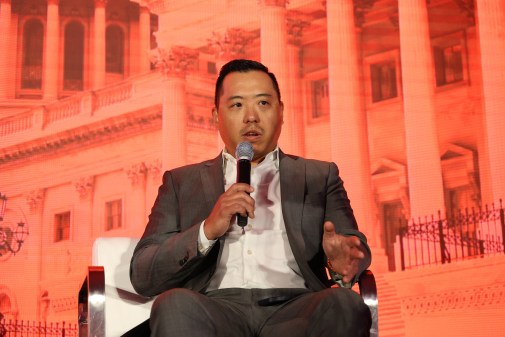HHS unit wants insurance fraud-detection platform largely unsupervised

The Centers for Medicare and Medicaid Services (CMS) want to evolve their health insurance fraud-detection platform into a real-time, machine learning (ML) platform that’s largely unsupervised, according to the director of marketplace IT.
Marc Richardson said the currently supervised ML platform is able to identify suspicious behavior on the part of insurance agents and brokers, like gaming answers on consumer applications to boost commissions or redirecting mail away from consumers to deal with the government directly.
CMS, which is a unit of the Department of Health and Human Services, administers Medicare and also works to identify instances of fraud and abuse within the health insurance system. The department also works with state governments to administer Medicaid.
Millions of people sign up for health insurance on HealthCare.gov, and tens of thousands of agents and brokers are registered to help with signups but may be “less than ethical” in how they present information to consumers and CMS, Richardson said.
“What we’ve been able to do since moving to the cloud is really leverage [Amazon Web Services] native services and take all of that transactional data that we see coming in from these agent-broker service channels and really look for those kinds of anomalous behaviors,” Richardson said, during the AWS Summit in Washington, D.C. on Tuesday.
Prior to moving to the cloud, CMS lacked the compute resources to spin up environments and run analyses on transactional data in real time.
Recognizing the need to be reactive, CMS wants to reduce the time it takes to spot and respond to fraud to days with an unsupervised ML platform that alerts employees as things happen. But the algorithms aren’t there just yet.
“At some point we’re going to be limited by humans,” Richardson said. “I think we’re still not at the point where we can allow the machines to draw conclusions.”
About four years ago CMS began enhanced direct enrollment, or as Richardson calls it: “TurboTax for enrolling people in coverage.”
CMS certified third-party companies to build and manage their own front ends, while their back ends communicate with the agency’s eligibility enrollment system application programming interfaces to sign more consumers up.
By allowing private capital to be spent on consumer capture, enhance direct enrollment “extends government’s reach,” Richardson said.
ML helps build performance engineering models to ensure third parties will be able to connect to the federal system and is also used to spot anomalous agent and broker behavior.





